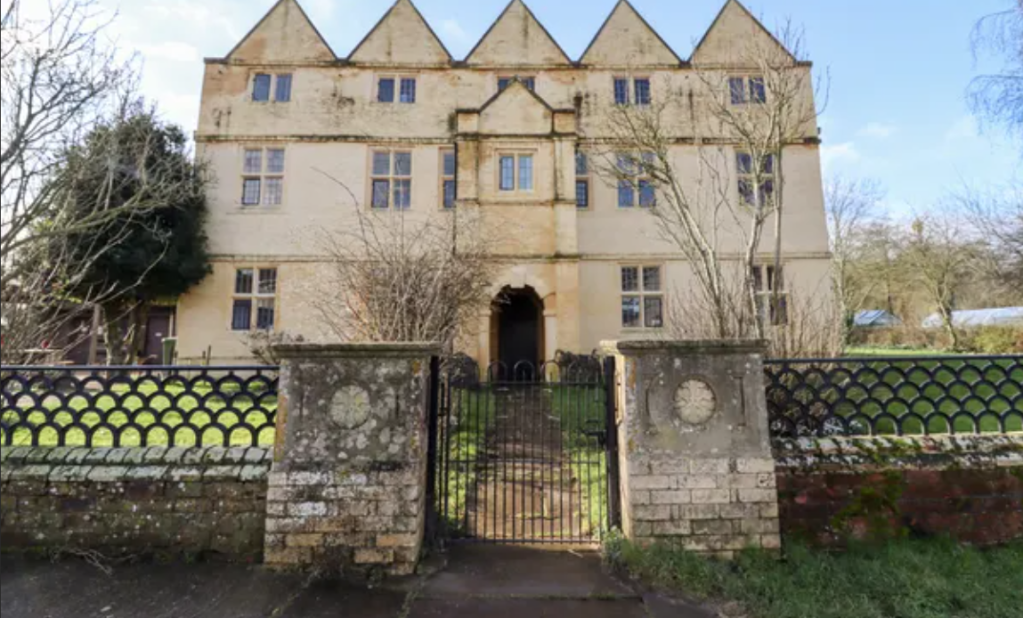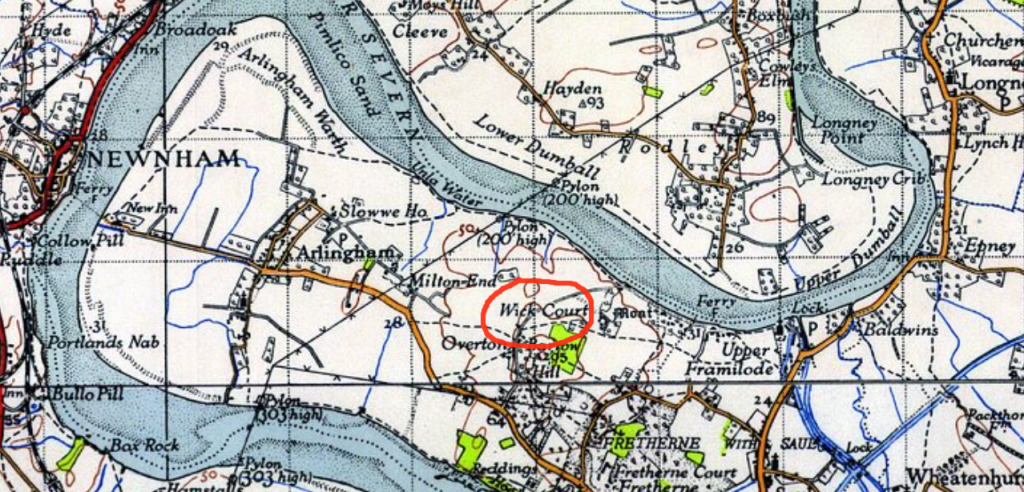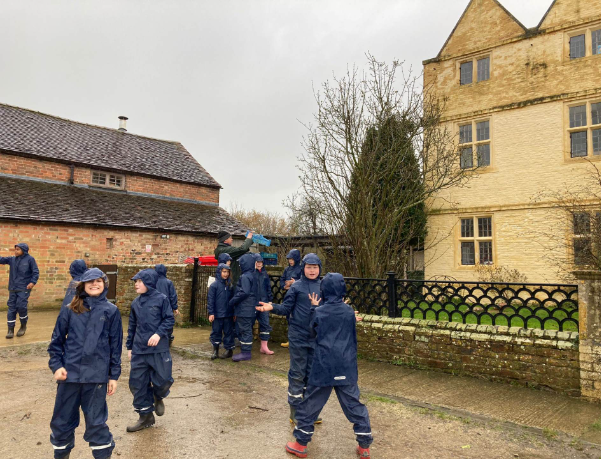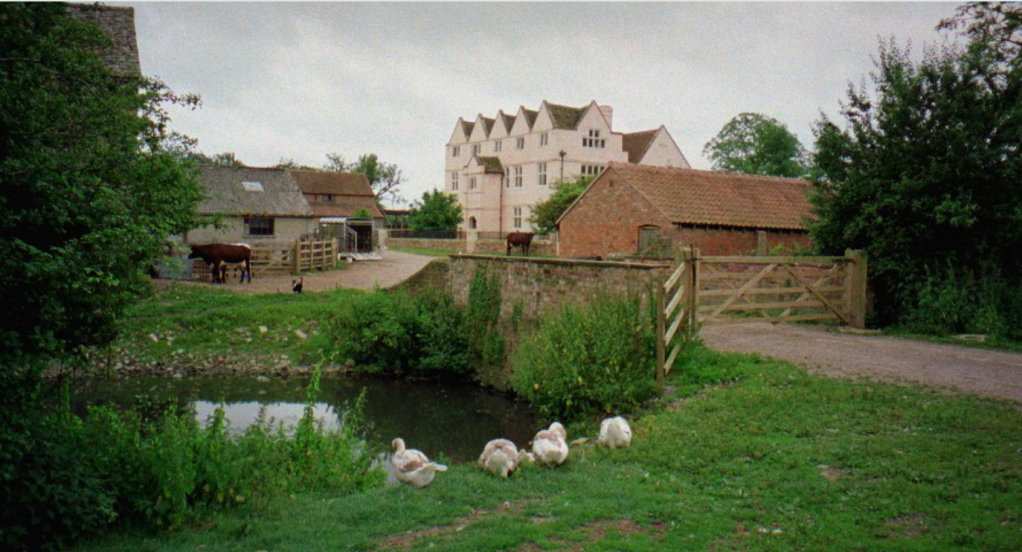
According to this site Visiting Wick Court – Farms For City Children “….Wick Court is an Elizabethan moated manor house once used as a hunting lodge by the Lords of Berkeley and rumoured to have been visited by Elizabeth I Although grand in its history, this intimate house stands on a site looking out across idyllic farmland to the reed beds of the beautiful River Severn….”
Oh dear, here we go again….a house that actually dates from the 14th-17th centuries is “Elizabethan”. Oh, of course! The Tudors ruled from the 14th century onward, right? Yes, folks, here we have yet another example of Tudor Mania. There are two 500-year-old oak trees in the grounds that must sprung from acorns planted by Henry Tudor on his way to Bosworth! Mark my words, it won’t be long before we learn that William the Conqueror was a Tudor too!
According to the Pevsner Architectural Guide, Gloucestershire: The Vale And The Forest of Dean “….the earliest part of the court, the south front, dates from the late 14th century….” Although this second site The World WYKES Web: History Of Wick Court points out that a separate kitchen building possibly dates from the 12th century, which is much further back than those pesky Tudors—we’re getting closer and closer to 1066 and all that, folks! 🤔 There are later additions too, so to claim Wick House as Elizabethan is really rather ridiculous. It’s a bit of all periods, in my opinion, and none the worse for it.

Wick House, is near Arlingham and Overton in Gloucestershire, on the inside of the dramatic horseshoe-shaped loop of the Severn just south of Gloucester. The land hereabouts is quite remote and off the beaten track, and doesn’t change much as the decades pass. As you will read in the above link, Wick House is now a place to enable inner city children under the age of 11 to experience the countryside, and was founded as such in the 20th century by author Michael Morpurgo and his wife. There are now a number of similar houses in other counties that provide the same welcome opportunities.
But apart from its connection with the early Lords of Berkeley, and a possible visit by Good Queen Bess, Wick House doesn’t seem to have played a part in the history of England itself. It’s just a marvellous old house, set in lonely Severn Vale countryside, where (today) deprived children can laugh and play and learn what it’s like to live in the fresh air of the countryside.



It is very obviously a medieval hall house. It doesn’t even have those awful Tudor chimneys. The people who refer to houses as Tudor are quite ignorant about what is medieval and what is Tudor.
LikeLike